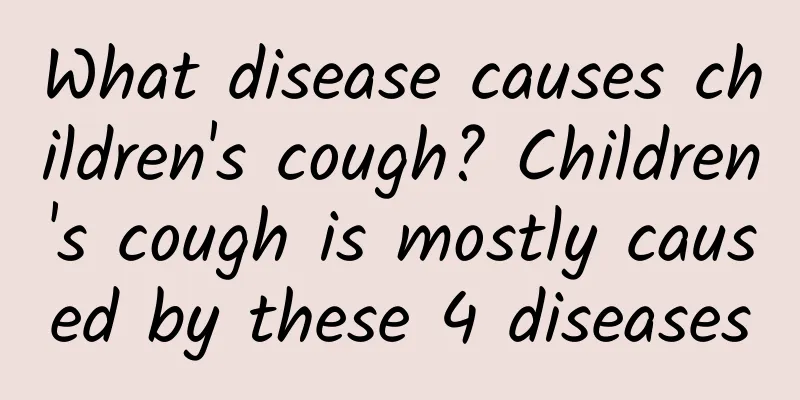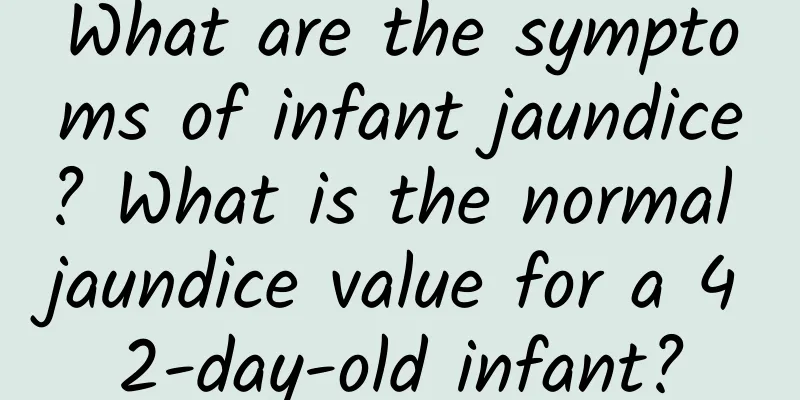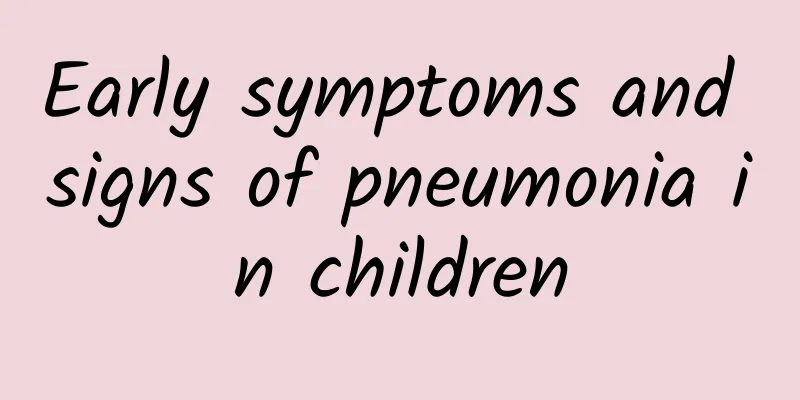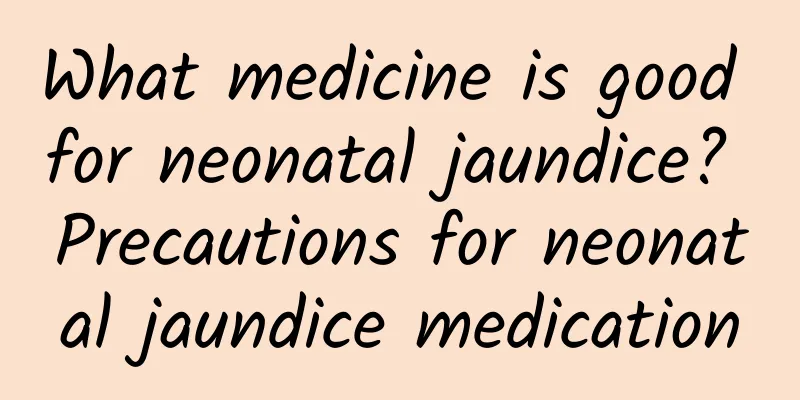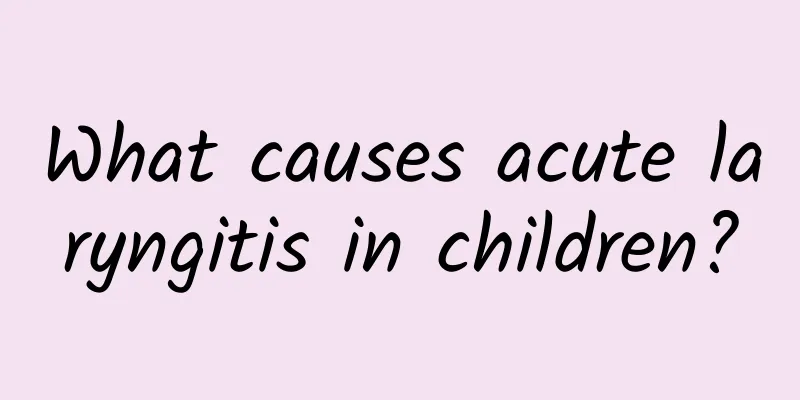On which day is the peak period of neonatal jaundice?

|
Neonatal jaundice is a common condition that many newborn babies will encounter. It is mainly a temporary phenomenon caused by the bilirubin metabolism characteristics of newborns. It is very important for new parents to understand the peak period of jaundice, which will help them better observe and care for their babies and ensure their healthy growth. 1. Initial stage: Neonatal jaundice usually begins to appear two to three days after birth, when the baby's skin and whites of the eyes will appear light yellow. This jaundice is physiological in most cases and will not have a serious impact on the baby's health. However, parents still need to closely observe its changes. 2. Peak period: The peak period of jaundice usually occurs between the fourth and fifth days after the baby is born. During this period, the symptoms of jaundice may become more obvious, and the yellow color of the baby's skin and whites of the eyes may deepen. This is because at this stage, the amount of bilirubin produced in the baby's body is relatively high, and the liver's ability to process bilirubin is not yet fully mature. 3. Remission period: As the baby's liver function gradually improves and the intestinal excretion of bilirubin increases, the jaundice symptoms will gradually ease after reaching the peak. Most babies' jaundice will naturally disappear within one to two weeks and will not cause long-term effects on the baby's growth and development. It is important to note that if jaundice appears too early, is too severe, or lasts too long, it may indicate that the baby has other health problems, such as hemolytic disease, infection, or liver disease. In these cases, you should seek medical attention in time and seek help from a professional doctor. Neonatal jaundice is a common physiological phenomenon in babies in their early years, and its peak usually occurs on the fourth to fifth day after birth. In most cases, jaundice will subside naturally and will not cause serious impact on the baby's health. However, parents still need to remain vigilant and closely observe the changes in jaundice to ensure the healthy growth of the baby. If there is any abnormality, seek medical attention in time to provide timely medical care for the baby. |
<<: Mumps symptoms and treatment
>>: What to do if a child has pneumonia and shortness of breath
Recommend
How to treat polio and recover
Polio patients must always take various active me...
How to treat dry cough in children?
When children have dry coughs, it is necessary to...
What are the causes of kidney disease in children?
There are many causes of kidney disease in childr...
Acute suppurative parotitis is not serious
Acute suppurative parotitis is not serious 1. The...
What are the preventive measures for early stage kidney disease in children?
According to relevant statistics, many children s...
How to treat hand, foot and mouth disease in one and a half year old children
Hand, foot and mouth disease in children aged one...
Can hand, foot and mouth disease be transmitted to pregnant women?
Can hand, foot and mouth disease be transmitted t...
Introduction to the radical treatment of patent ductus arteriosus
What is the radical cure for patent ductus arteri...
How to treat children's cough? What are the causes of children's cough?
Cough in children is a very common disease. The t...
What is DMD
DMD is a disease called Duchenne Muscular Dystrop...
What foods are suitable for babies with indigestion symptoms?
Many mothers think that their babies don't wa...
What are the diagnosis and treatment of polio?
The emergence of polio sequelae has seriously aff...
Causes of Kawasaki disease in infants
The cause of Kawasaki disease in infants is not y...
Treatment of polio-related lameness
Polio is an acute infectious disease, but since t...
What should I do if my five-month-old baby has a cough? What are the methods to relieve the cough of a five-month-old baby?
If a five-month-old baby has a little cough, it m...

